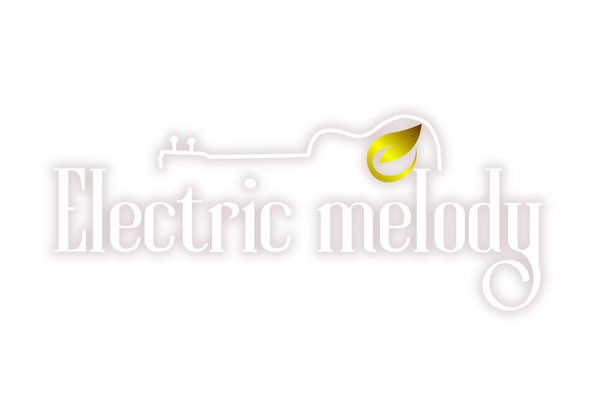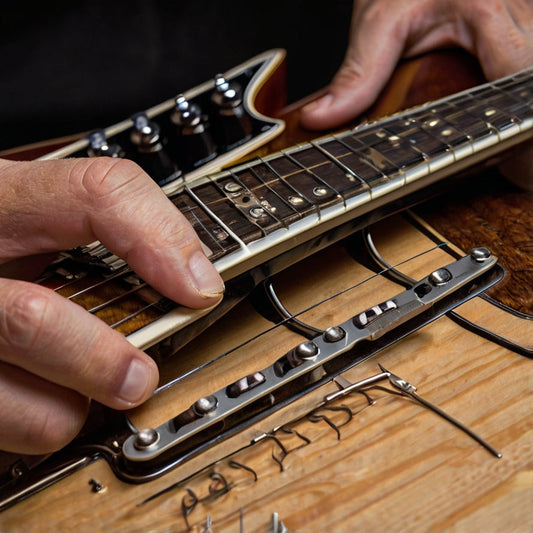What Does Cello Mean In Roman Latin?
Originally, the word was spelled violincello in Italian, but it later became vitula, which is a stringed instrument in Medieval Latin.
What Does Cello Stand For?
| Acronym | Definition |
| CELLO | Cellular Network Optimization Based on Mobile Location |
What Is A Cello Full Name?
Here are 9 things you didn’t know about the cello. This is the full name of the cello. It is actually an abbreviated name for the instrument, which is called violoncello. It translates to “little violone.”. It is the direct ancestor of the double bass is the violone, which was larger.

What Word Does The Cello Originate From?
The cello was known initially as the basso di viola da braccio, or “bass arm viola”, even though it was always played between the legs. ” The word cello, believe it or not, comes from an Italian word meaning “little viola big.”.
What Is A Cello Called?
The violoncello is also known as the violoncello, the French violoncello, the German violoncello, or the bass musical instrument of the violin group. It has four strings and pitches C-G-D-A upward from two octaves below middle
What Do You Mean By Cello?
A member of the violin family tuned an octave below the viola in the bass part.
What Is The Full Word For Cello?
It is actually an abbreviated name for the instrument, which is called violoncello. It translates to “little violone.”. It is the direct ancestor of the double bass is the violone, which was larger.
What Is The Meaning Of Cello In Music?
The word forms: plural cellos. A variable name is a word that has several meanings. There are four strings on a cello, which looks like a large violin, and it is a musical instrument. As you sit down and hold the cello upright between your legs, you play the cello with a bow.
What Is The Word Cello Short For?
The violoncello was first recorded in 1875-80; it is a short form of the violoncello.
What Does The Name Cello Mean In Spanish?
The name Chelo is derived from the Spanish word consolation, and comfort, and is a girl’s name. Consuelo (Spanish) is spelled as Chelo instead of Consuelo.
What Was The Cello First Called?
Originally known as the bass violin, the violoncello was shortened to cello after the instrument was rediscovered in the 19th century. Andrea Amati, who built cellos for Charles IX King of France, was the first known maker (but not the first person to do so).
Does A Cello Have A Stand?
It is possible to only support a single-sized cello in some cello stands, such as a 4/4 full-size cello. In addition to these stands, other stands can also accommodate large cellos.
There are some cello stands that are so cool that they can accommodate all types and sizes of cellos, as well as other instruments, such as basses with small handles.
Should I Use A Cello Stand?
Living rooms, music rooms, and even bedrooms can be made more comfortable by adding them. The cello stand is similar to a violin or viola hanger in terms of its elegant display options. It doesn’t matter what you want, cello stands are great accessories that make storing your instrument as easy as possible.
Is Cello A Name?
It is named cello after the Italian word violoncello, which means “little violone”. In this sense, the name “violoncello” had both the augmentative “-one” (“big”) and the diminutive “-cello” (“little”).
What Is Cello Short For?
Originally, the word was spelled violoncello in Italian, but it later became virtual, which is a stringed instrument in Medieval Latin. A glossary of terms for cellos. A large stringed instrument is held upright by a seated player. The violoncello is a synonym for violoncello. The type of bowed stringed instrument is a stringed instrument.
What’s Another Word For A Cello?
| fiddle | violin |
| pochette | Amati |
| Stradivarius | double bass |
| kit violin | musical instrument |
| dancing master’s kit |
What Is A Little Cello Called?
Italian musicians developed the violin family in the 16th century. Violins are called “little violas”, violones are called “big violas” or bass violins, and violoncellos are called “small violones” (or literally, “small big violas”).



